
You want readers. And in order to reel them in, first you need to give them the bait to latch onto your hook.
But summing up the killer plot, unique world, and complex protagonist in just 150 characters is no mean feat. Luckily, Best Page Forward has you covered with tips for writing Amazon ad copy.
Crafting the hook that actually garners clicks is about three main components: conflict, stakes, and genre.
Conflict
Conflict drives story and it draws a reader in like a bright, shiny lure. Your book likely has trouble in bunches, such as a character’s tortured backgrounds, dramatic romantic arcs, and bloodthirsty three-headed monsters. But in 150 characters there’s only room for the central conflict.
The central conflict of your book is between the protagonist and the antagonist. Your main character wants something and the antagonist wants the opposite. This core tension is the delicious conflict that drives your story from its first word to its last.
To uncover your central conflict ask yourself the following questions: What does your protagonist want? What or who is standing in the way of that goal?
Apply a laser focus to your main conflict and summarize it in one sentence. For example:
Harry Potter wants to find his home in the magical world, but Voldemort wants him dead.
Stakes
Great, you’ve managed to pluck the most important conflict from your book but now it’s time to get your reader’s heart racing. First, readers won’t care about a story unless they care about the protagonist. So, how can we get them to care before they’ve even opened the first page? Emotionally charged language.
You want to select words that deliver an emotional gut-punch. Words that are potent and alive with meaning and deliver crucial context to your reader.
For example:
A boy that lives under the stairs…
vs.
An orphan that lives under the stairs…
Already with one small change, we know something of that character’s tragic history and we begin to feel. What emotionally charged words could you apply to your protagonist? Are they rebellious, tortured, headstrong? Were they abandoned, orphaned, bullied? Get the reader in the protagonist’s corner with powerful, emotive language that helps them to understand who they are.
Now that the reader cares about the protagonist, it’s time to fear the antagonist. In a great hook, they remain shrouded in mystery with just enough information to send a shiver up a reader’s spine. Build them up with dramatic language and potent words like evil, ultimate, or diabolical. They’re an all-consuming threat that seems impossible to defeat.
For example:
An evil wizard has a very bad plan.
vs.
A soulless sorcerer seeks to destroy destiny.
The grand stakes between an antagonist and a protagonist are life and death. By the time your reader has finished reading the hook, they should be in mortal fear for your protagonist. They should be desperate to know if they survive and if the world ends. With the emotion of your protagonist and the terror of your antagonist thrumming in their mind, it’s time to deliver the final, irresistible blow—life and death stakes.
For example:
Will the headstrong orphan survive the lethal spell?
vs.
Can one orphan save the wizarding world before it’s consumed by evil?
Genre
Readers are also searching for clues that you know your genre. They want to know that if they click buy, they’re getting the tale they bargained for. Layering your hook with genre markers is crucial to attracting the right reader who is going to love your book. What words are natural extensions of your genre?
Fantasy:
- Spell
- Magical
- Dragon
- Enchanted
- Sorcerer
Mystery:
- Thrilling
- Spine-tingling
- Crime
- Case
- Sleuth
- Murder
Wherever you can, replace common words with genre-specific words.

And now, here’s all three components weaved together:
A magical orphan discovers his destiny. But a soulless sorcerer demands vengeance. Can the chosen boy save the wizarding world from the ultimate evil?
In Conclusion
Our best tips for writing Amazon ad copy is to write high stakes, genre-specific, and emotionally charged. 150 characters may not seem like much, but your hook can still deliver one heck of a punch.
Guest Post by Marcel Liemant from Best Page Forward/Amazon Ad School

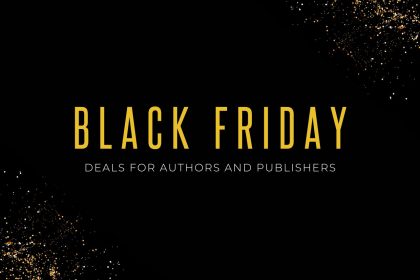
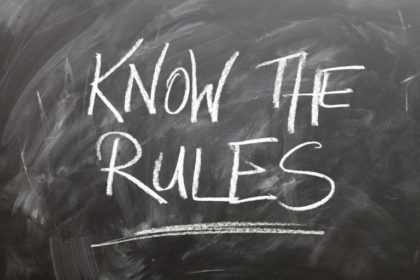
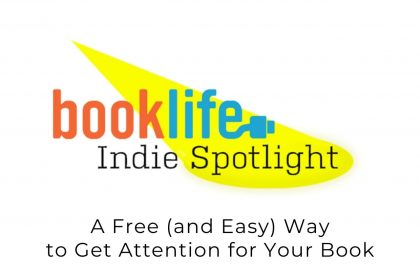

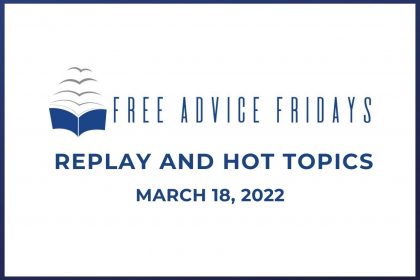
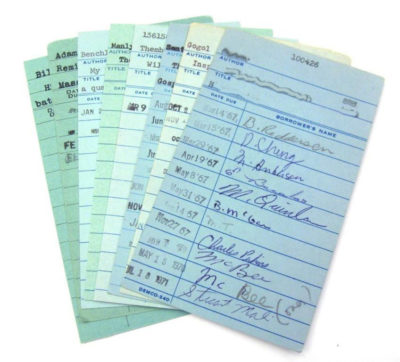
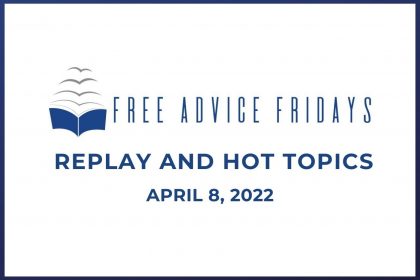
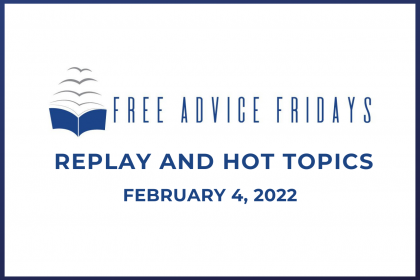
Awsome site! I am loving it!! Will be back later to read some more. I am bookmarking your feeds also.
[…] Tips for Writing Amazon Ad Copy: https://newshelves.com/tips-for-writing-amazon-ad-copy/ […]